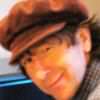“Train Dreams”: Behind the Majestic Visuals of Joel Edgerton’s Pacific Northwest Epic
The Train Dreams (now in theaters; streaming on Netflix, November 21) story ends in 1968, but the film about the fictitious logger and railroad worker Robert Grainier chimes with contemporary echoes. Grainier, played by Joel Edgerton, sees a Chinese immigrant being wrestled to the ground by bigots and thrown off a train trestle. He sees a wildfire ravage lives and landscapes in the Pacific Northwest. He helps saw down centuries-old trees in the name of progress. In dramatizing themes both timeless and timely, director Clint Bentley teamed with cinematographer Adolpho Veloso to adapt Denis Johnson’s seminal 2011 novella, populating the pristine Pacific Northwest settings with hardy souls brought to life by a cast that includes Felicity Jones, Kerry Condon, and William H. Macy.
Brazilian-born Veloso, who operates the camera himself and earned a 2022 American Society of Cinematographers nomination for his earlier collaboration with Bentley, Jockey, modestly shares credit for Train Dreams’ majestic visuals by praising the virtues of simplicity. “Most of the time, there’s nothing that beats a real location with natural light at the right time of day with the right actors,” he says. “If you have that combination, I feel like not getting in the way is the wisest thing to do.”
During a recent visit to Los Angeles, Veloso, who now lives in Lisbon, Portugal, discusses finding inspiration in Depression-era photographer Dorothea Lange, coaxing cinematic power from “golden hour” light, and scouring the state of Washington for locations seemingly untouched by modern civilization.
Nature plays a starring role in this film as you follow the hero’s journey, which begins in 1917, against the spectacular backdrops of the Pacific Northwest. Which artists inspired your approach to the cinematography?
Clint and I thought about [Russian filmmaker] Andrei Tarkovsky, especially [1975 drama] Mirror. But we also talked about Dorothea Lange’s photographs, especially the ones she took during the Great Depression. Because of the way she found beauty in details and the way she framed faces with a lot of headroom. Lange showed what was happening around those characters. We wanted to convey the same kind of thing here.

The more conventional way to showcase epic landscapes would probably be to film with a wide screen format, but you chose an almost box-like frame. How did you arrive at the 3:20 aspect ratio?
We looked at old photographs of logging from that [1920s] era, and that sparked the idea of using the 3:20 aspect ratio. Memories, I think, are associated with the aspect ratio that you find in old photos, or even new photos on your phone. We used that to convey the feeling that you’re looking through memories and putting together a life through those images.
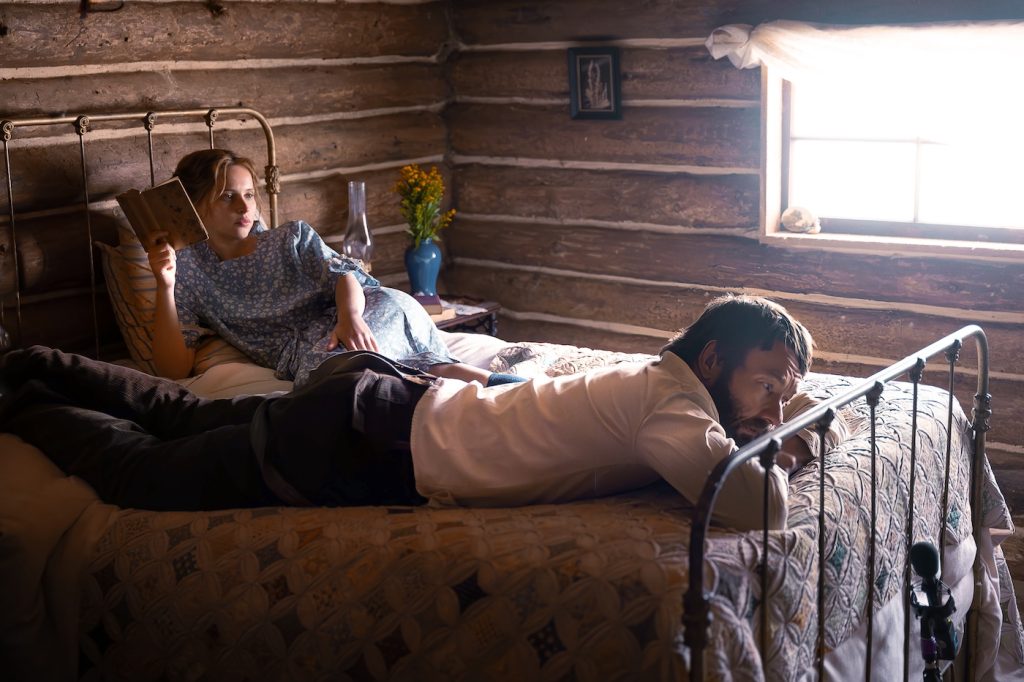
The boxy frame appears to have ample “headroom,” allowing nature to coexist with your human characters.
The conversation with Clint was always about finding an interesting way to portray nature, so one way to do that was to shoot nature as if it were another character in the movie. That’s why a lot of over-the-shoulder shots have so much headroom. We wanted to show how tall those trees are, and we wanted to show the sky.
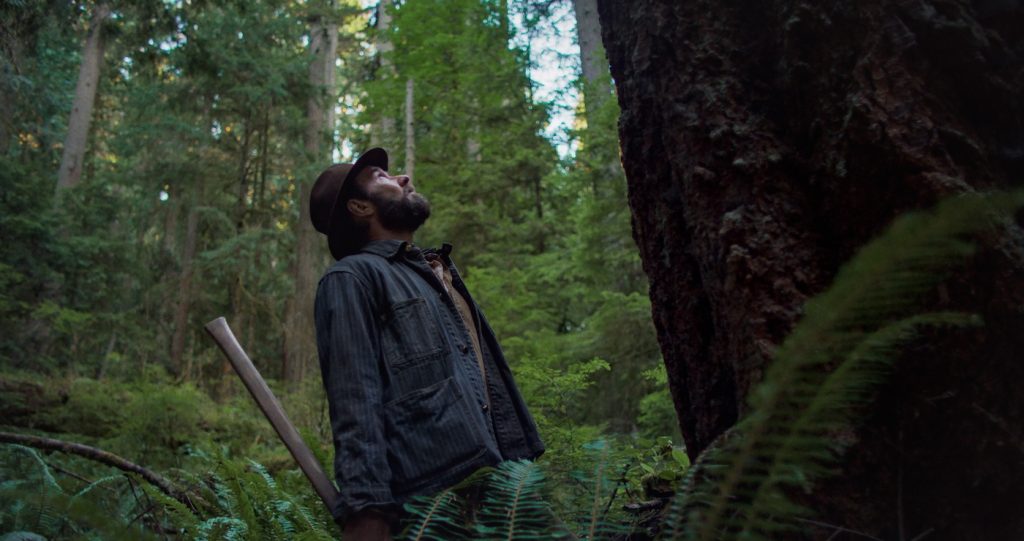
The locations play a significant role in defining the different chapters of this tale. How did you go about finding these places?
We had so many textures – trees that fell, areas that felt devastated, places where trees had been cut and cut and cut — but we also needed idyllic places where Joel’s character and his wife [Felicity Jones] built their cabin [overlooking a stream]. A big part of pre-production meant endless driving all over Washington State to find those perfect spots that were kind of production-friendly. Sometimes not that much [laughing]. And because we shot everything on location, that helped with our approach to lighting.
Which was?
To use natural light for everything.
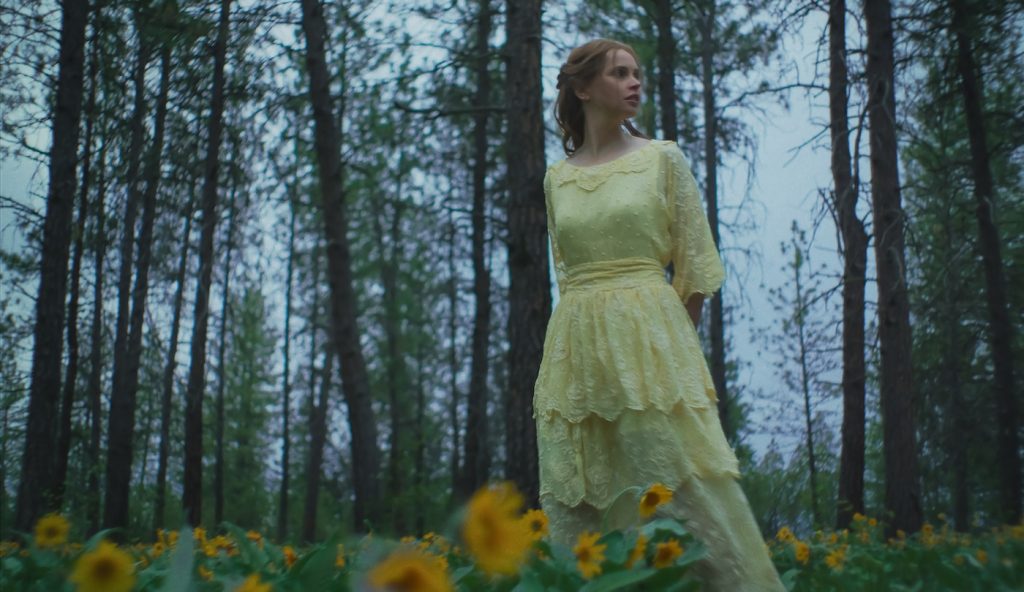
In terms of technical specs, what kind of camera did you use?
We shot digitally with the Arri Alexa 35. It has a huge dynamic range that allowed us to shoot with natural light and make things feel organic even though it’s a digital medium.
Lenses?
For the daytime stuff, we used Kowa Cine Prominar Spherical lenses. Mostly because I loved the texture and the way it flares with sunlight. For the nighttime work, we needed faster lenses, as we shot real fire, real campfires, and real candles. For that, we used an old set of Zeiss Super Speeds.

Joel Edgerton plays a man of few words. What was it like putting him front and center?
There’s something about Joel where he can deliver [emotion] without saying a word, just in the way he moves, his body language, and his expressions. Because I had worked with Clint and editor Parker Laramie before, I knew they liked to use things that we just grabbed in the moment, so sometimes I’d catch something that wasn’t scripted because Joel was there, as Robert. Joel and Felicity would come up with ideas that weren’t necessarily what we had been planning for months, like when they’re feeding each other in the cabin. Clint and I would look at each other and go, “Okay, that’s much better.”

The rich colors of the forest infuse Train Dreams with warmth and drama, but I’m guessing most of the credit for the palette goes to Mother Nature rather than manipulations on your part?
Correct. You don’t want to get in the way of something that’s amazing. But shooting on locations with natural light means you do need to plan a lot.

There’s a very affecting “golden hour” scene when Joel visits the new forest ranger, played by Kerry Condon. In her watchtower, they quietly share things about their pasts. How was that filmed?
We actually started shooting that scene earlier in the day, and it just wasn’t feeling right because of the conversation Joel and Kerry were having as they looked out at this beautiful landscape. So, we decided to stop and wait for maybe an hour. Then we began shooting again from the start, just to get a better feeling. Even though Joel and Kerry knew [fewer hours of daylight meant] we’d have fewer takes– an hour, max– they were happy to give everything they had in just a couple of takes.
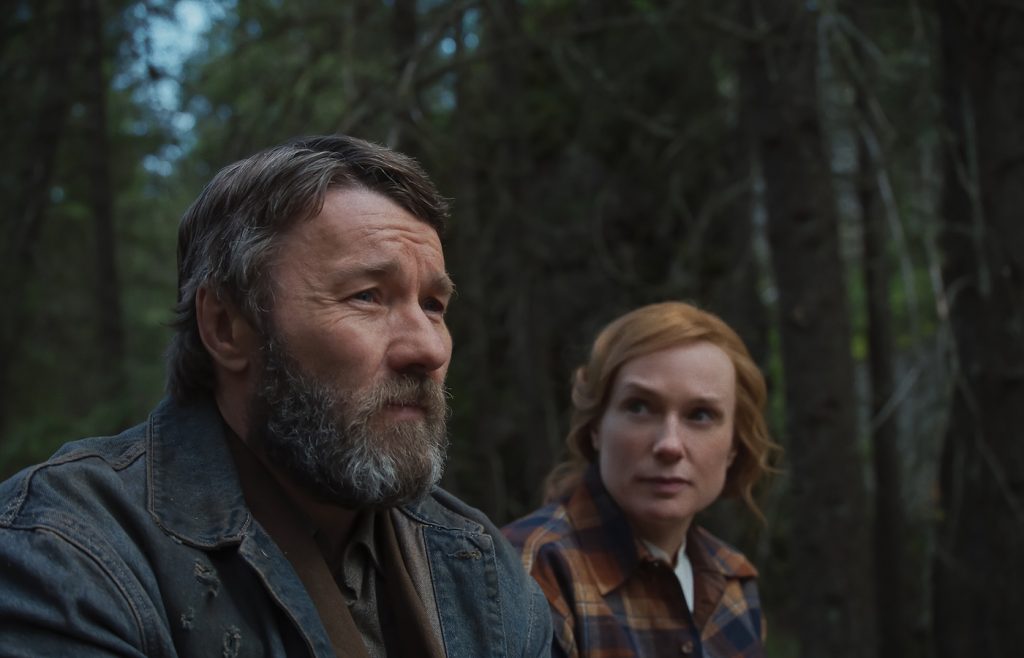
It’s interesting to consider how the quality of natural light can affect a scene’s emotional vibe.
Maybe it’s just because this is what I do for a living, but I’m always sensitive to light and how it makes us feel. In general, I think people feel more nostalgic at sunset. It sparks something in the way our brains remember things.
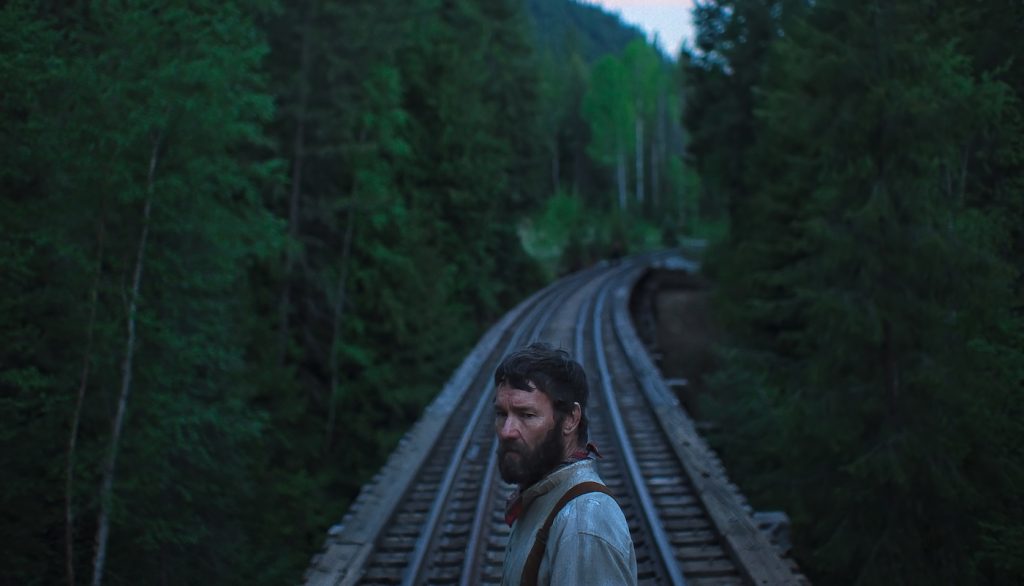
SPOILER ALERT
Midway through the movie, a huge forest fire changes everything. The aftermath is shocking. After being surrounded by green foliage, blue sky, and vibrant earth tones, suddenly Robert Grainier’s home is reduced to grey ash as far as the eye can see.
The ashes are real. We found a location that had been affected by a fire, so the palette was just there, in a landscape similar to where we had built the cabin. We did a few minimal effects to desaturate greens in the background, but everything was captured on location.
For dramatic effect, you toned down the pops of green?
Yeah, because even though this forest had a fire and had burned down before we shot it, there were already some pockets of green that were blooming because nature is amazing and… it fights back.
Featured image: Train Dreams. (L-R) Joel Edgerton as Robert Grainier and Kerry Condon as Claire Thompson in Train Dreams. Cr. BBP Train Dreams. LLC. © 2025.


